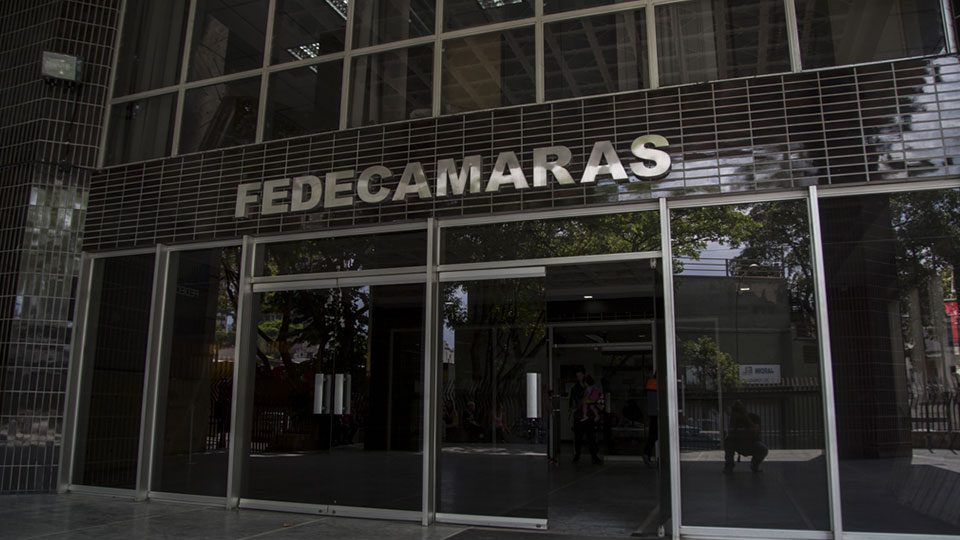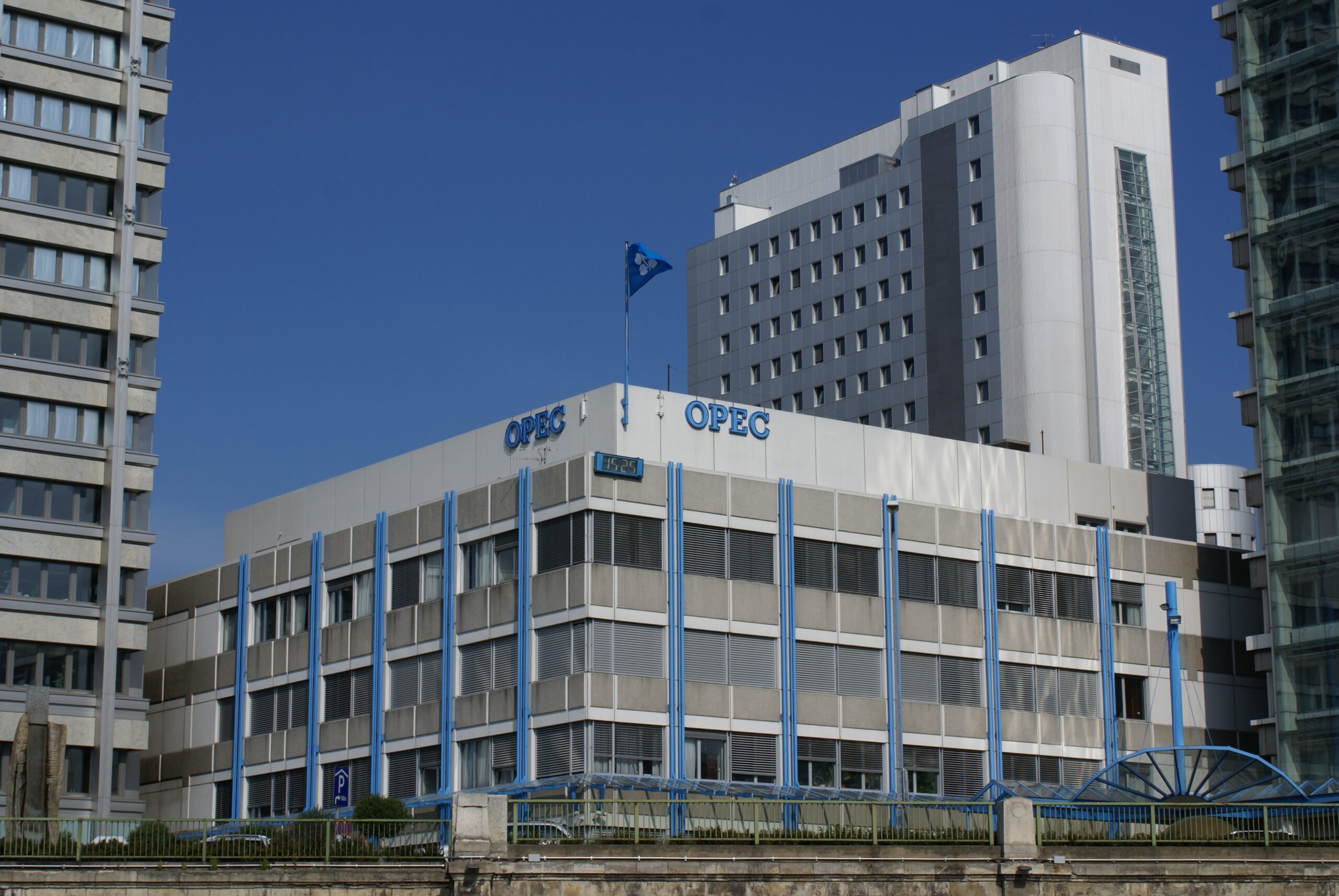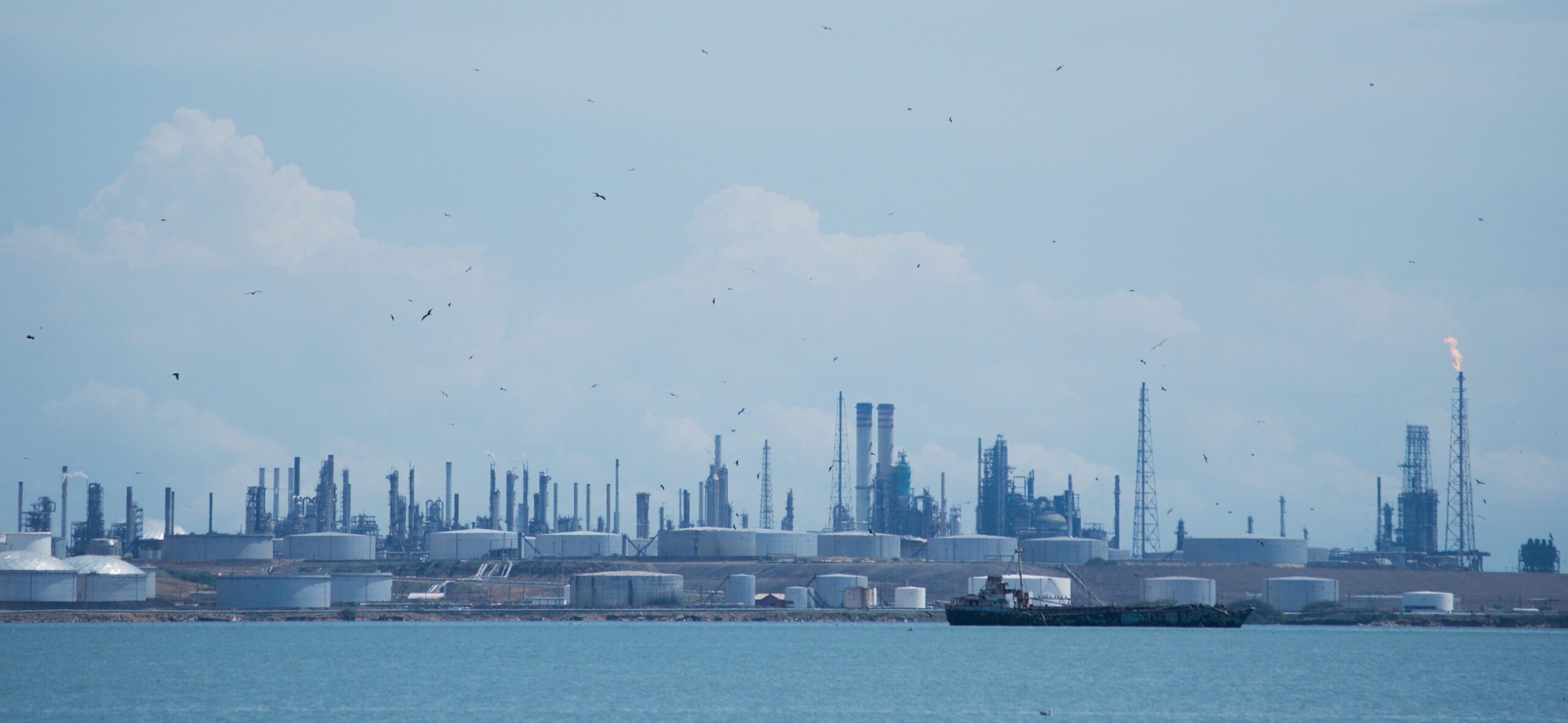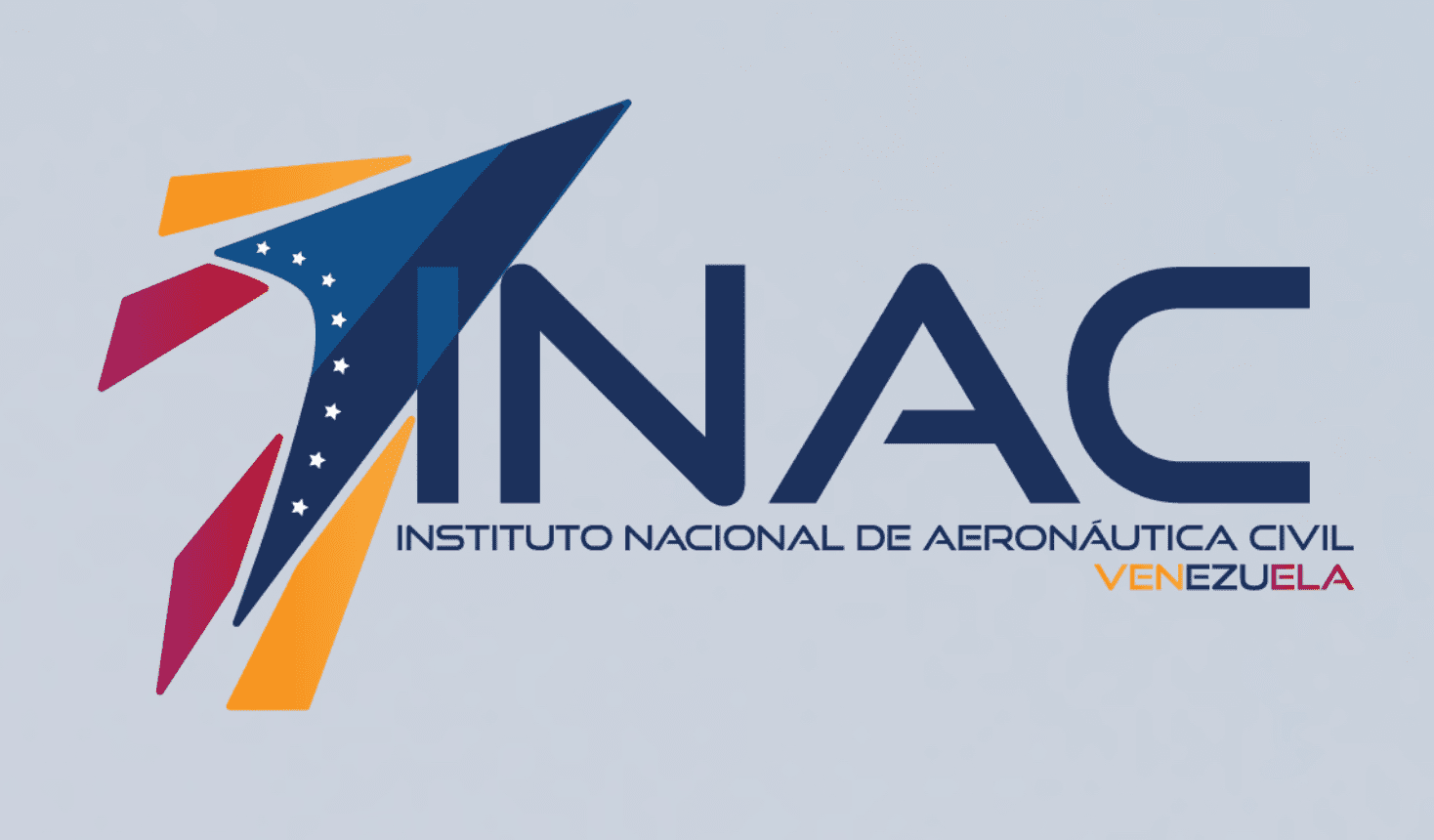The quarterly report captures the perceptions and performance of 143 trade associations from key sectors of the Venezuelan economy, spanning six regions across the country. Photo: Fedecámaras.
Guacamaya, October 10, 2025. The exchange rate gap remains the leading challenge (15.4%) faced by private companies in Venezuela in 2025, according to the results of Fedecámaras’ Qualitative Survey of Business Chambers for the second quarter of the year.
The assessment, backed technically by Macro Consultores BDM and supported by the Industrial Development Association (Acide), highlights that bank financing (14.9%) and high tax pressure (12.1%) round out the top three obstacles for the private sector—just as they did in the first quarter.
A notable shift occurred with the issue of foreign currency shortages (10.7%), which jumped from eighth to fourth place in the ranking of business challenges in just one quarter. Other critical concerns shaping a complex environment for investment and business management include the macroeconomic context (9.1%), public services (7.2%), and political conditions (7.0%).
The study compiled data from 143 trade associations across six regions of the country. In addition to operational constraints, it covers key variables such as business volume, employment, wages, idle capacity, and sectoral expectations—framed within Venezuela’s challenging macroeconomic landscape.
Business Volume in Decline
The report’s central indicator—business volume—shows a 3.8% drop in the second quarter of 2025 compared to the same period the previous year. This contraction stems from significant declines in sectors such as construction (-22.9%), commerce (-6.3%), agriculture (-5.2%), and manufacturing (-2.9%). The “other services” category fell by 0.3%.
Only tourism services (+0.7%) and real estate services (+3.5%) showed marginally positive performance. Regionally, the decline was widespread, with the Andean (-15.4%) and Southern (-8.9%) regions showing the steepest drops in business volume.
Overall, the reduction in transactions reflects persistent difficulties in economic recovery and domestic demand. The data confirms that the business sector has yet to find stable footing.
Slight Decline in Employment
Employment also showed signs of weakness, with an average decrease of 2.3% compared to the same period last year. According to the survey, 59% of companies maintained their workforce, 33% reduced staff, and only 8% hired new employees.
Since early 2023, formal employment indicators have remained negative. This decline may reflect adjustments in productive capacity in response to market conditions and economic uncertainty.
Wage Growth in USD, but Sectoral and Regional Gaps Persist
Dollar-denominated wages continue to rise across labor categories. In Q2 2025, average monthly earnings were $262 for laborers, $438 for professionals, and $823 for managers—representing year-over-year increases of 27%, 20.4%, and 11.5%, respectively.
However, sectoral disparities are evident. For instance, while a manager in manufacturing earns an average of $1,262, their counterpart in commerce earns just $584—less than a professional in manufacturing ($593) or construction ($588).
Regional gaps are also stark. In the Central and Capital region, average monthly wages are $242 for laborers, $585 for professionals, and $1,194 for managers. In contrast, the Andean region reports just $143 for laborers, $232 for professionals, and $416 for managers—meaning a laborer in the capital earns more than a professional in the Andes.
Idle Capacity: A Persistent Burden
Idle capacity remains a chronic issue, with 41.9% of companies reporting underutilized operations. The problem is most acute in construction (72.8%), manufacturing (56.2%), commerce (47.0%), and agriculture (42.2%). Tourism (32.8%) and other services (31.7%) show more moderate levels.
This indicator has remained above 40% since 2022, limiting growth and economic recovery prospects for the private sector.
Impact of Fuel Shortages and Power Outages
Basic service disruptions continue to be structural obstacles. In Q2 2025, 56% of companies were directly affected by fuel shortages, with high or very high impact reported especially in agriculture, commerce, and manufacturing.
Additionally, 69% of companies experienced power outages that disrupted operations—particularly in tourism, agriculture, commerce, and other services. These findings underscore how fragile energy and logistics infrastructure continues to constrain business activity.
Decline in Foreign Currency Transactions
Foreign currency usage in business transactions remains high but has declined sharply over the past two years. In Q2 2025, 41.5% of transactions were conducted in foreign currency—down from 75% in Q1 2023.
By sector, real estate services (78%) and other services (50%) lead in foreign currency usage, while manufacturing (28%) and commerce (25%) lag behind.
Regionally, most areas align with the national average, though the Southern (51%) and Andean (49%) regions show higher usage. In contrast, Central-West and Zulia (41%), Eastern (40%), Llanos (38%), and Central-Capital (36%) report lower usage.
This decline suggests a forced return to the bolívar in some sectors—driven by the widening exchange rate gap, regulatory changes, currency shortages, or state-imposed payment strategies.
Technological Innovation: Recognized but Hindered
A strong majority (96%) of chambers agree that technological innovation is key to competitiveness, yet only 14% rate their digital adoption as highly advanced.
The main barriers to digitalization include high investment costs (24.9%), lack of staff training (15.9%), and limited access to high-speed internet (12.7%).
Sectoral Outlook for 2025
Economic expectations for the remainder of the year vary by sector. Tourism (4.6%), real estate services (3.4%), and commerce (3.0%) show moderately positive outlooks. Meanwhile, construction (-13.5%) and agriculture (-3.6%) reflect more pessimistic forecasts. Overall, the variation is just 0.2% compared to Q2 2024.
Regionally, the Andean (-10.1%) and Llanos (-7.4%) zones are the most pessimistic, while Central-West and Zulia (5.8%) are the most optimistic.
The general business climate index stands at an unfavorable 2.4/5 across all sectors—highlighting persistent macroeconomic uncertainty. This index reflects five factors: market efficiency, macroeconomic stability, institutional strength, market size, and technological readiness.
All regions reported similar scores (between 2.2/5 and 2.5/5), with a slight national increase of 2.4% compared to the 2.35/5 rating from Q2 2024.
This qualitative report from Fedecámaras offers a comprehensive snapshot of Venezuela’s business sector—revealing the conditions, goals, and challenges shaping its path toward economic recovery in 2025.







